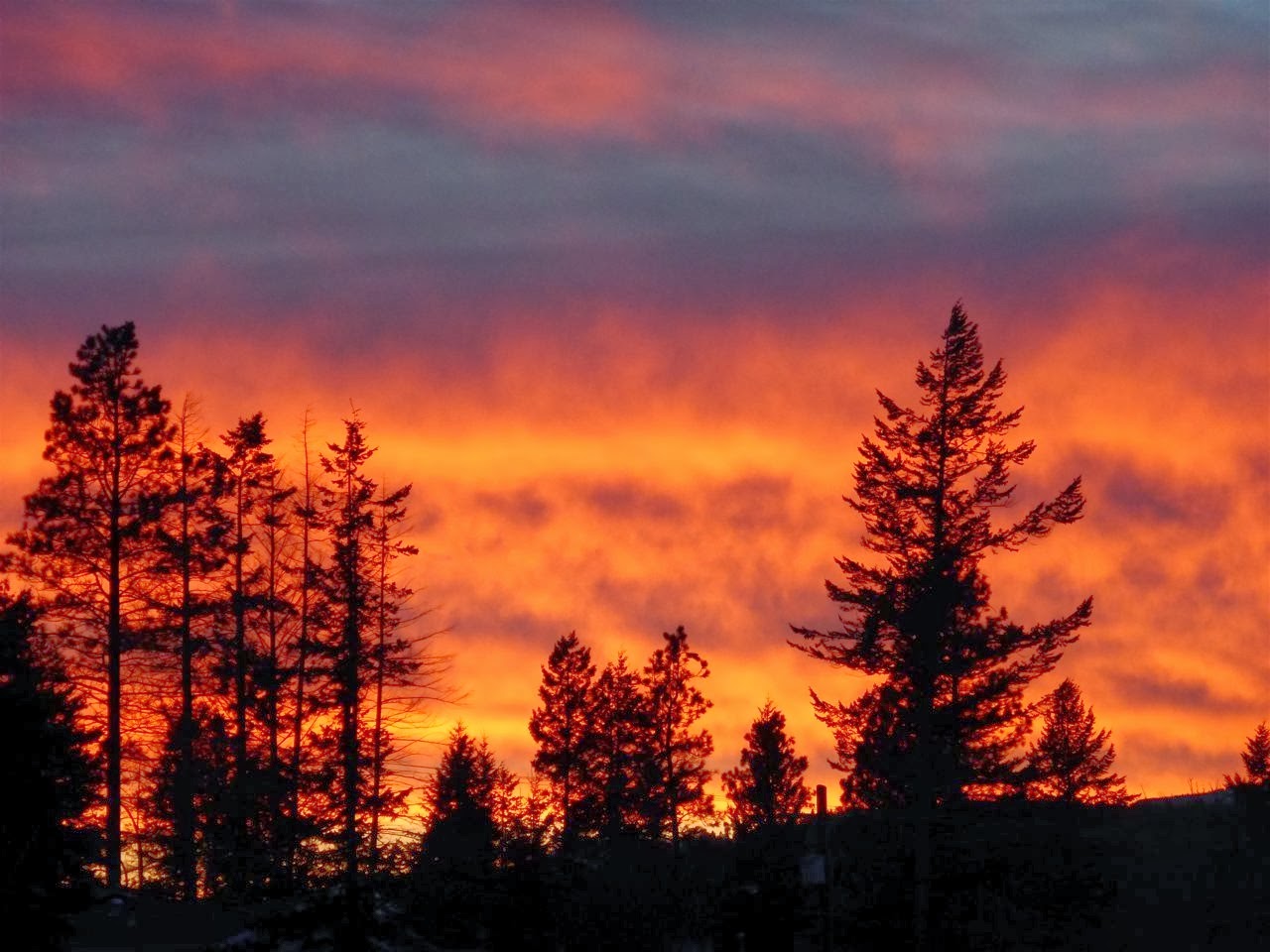Accessibility improving for seniors and disabled persons in
Cranbrook
By Michael J Morris
While having a chat with Councillor Sharon Cross over coffee
recently on a wide range of issues facing Cranbrook, the subject of improvements
for seniors and disabled persons arose.
Right off the top though, in the interests of full disclosure,
Sharon and I have been friends since 1989 when I arrived at East Kootenay
Community College, now College of the Rockies, where she was executive assistant
to the president.
Sharon had contacted me after my column on sidewalk snow removal in
the city appeared, and we arranged a meet.
Anyway, we chatted about snow removal, and on that front, enough
said. In fact, when it snowed again this week, I was delighted with the city's
efforts, and doubly so, upon seeing a news release from the city's corporate
communications officer on the subject. Enough already on that subject for the
time being anyway.
In the course of the conversation, Sharon advised that Mayor Wayne
Stetski had recently compiled a list of improvements for seniors and disabled
persons, and others too, that enhances accessibility. I asked if she could
provide me with a copy and within hours, the mayor had made one available. Good
stuff.
All were supported by the city, but some were projects undertaken
by other organizations, and some received assistance from the provincial and
federal governments.
Here is my summary from the list provided, as well as some
observations -- and it may not be complete but it shows that in Cranbrook there
is a focus on accessibility.
An elevator lift has been installed at the Cranbrook Seniors Centre
- and I would add there is also one now at Christ Church Anglican, and although
I don't use the one at the church at the moment, except when I want a little
"joy ride" it is well used and a welcome addition for those who need it.
The mayor's list notes that sidewalk letdowns have been installed
at the East Kootenay Regional Hospital and automatic door entries at six
buildings.
At the Studio Stage Door, there is a new stair lift and more
accessible washrooms. There are also portable ramps at some businesses.
For the visually impaired, new two colour lino is now in place on
stairs at city hall as well as warning pads.
A major project, and long overdue but finally completed was
wheelchair access ramp at the RCMP headquarters in downtown Cranbrook.
Extending the length of walk signals at intersections is a project
in progress. I'm personally very supportive of this one because I've never made
it more that half way across since I came here in 1989 before it changes to
"Don't Walk", and I walked much faster than I do now.
I don't know if they plan to have those 30 second timers but when I
am in a city that does, it really helps -- the challenge becomes to make at 30
seconds.
The mayor also noted that the City of Vancouver, and I would add
others too, are considering a bylaw that includes accessibility features in new
residence construction, but that may be a story for another day.
I extend my thanks to Sharon for taking time from her very busy
schedule to chat and give me a very detailed overview on challenges facing
Cranbrook, and to Mayor Stetski for making the accessibility list available so
quickly. My email is mj.morris@live.ca
Full disclosure: I am not now and never have been a member of the Citizens for a Livable Cranbrook Society; however, I did conduct a workshop for its members for which I was paid.




























.png)
.jpg) Took 4,101 kids outside to connect with nature through 208 different classroom trips.
Took 4,101 kids outside to connect with nature through 208 different classroom trips. Rallied to keep the Jumbo Valley wild for yet another year!
Rallied to keep the Jumbo Valley wild for yet another year! Connected seed to plate through our ever-expanding Food Sustainability programs across the region. We hosted Edible Garden Tours, hands-on garden workshops, a multi-day Grow for It Conference and linked students to local garden mentors in Golden Sprouts.
Connected seed to plate through our ever-expanding Food Sustainability programs across the region. We hosted Edible Garden Tours, hands-on garden workshops, a multi-day Grow for It Conference and linked students to local garden mentors in Golden Sprouts..jpg)








